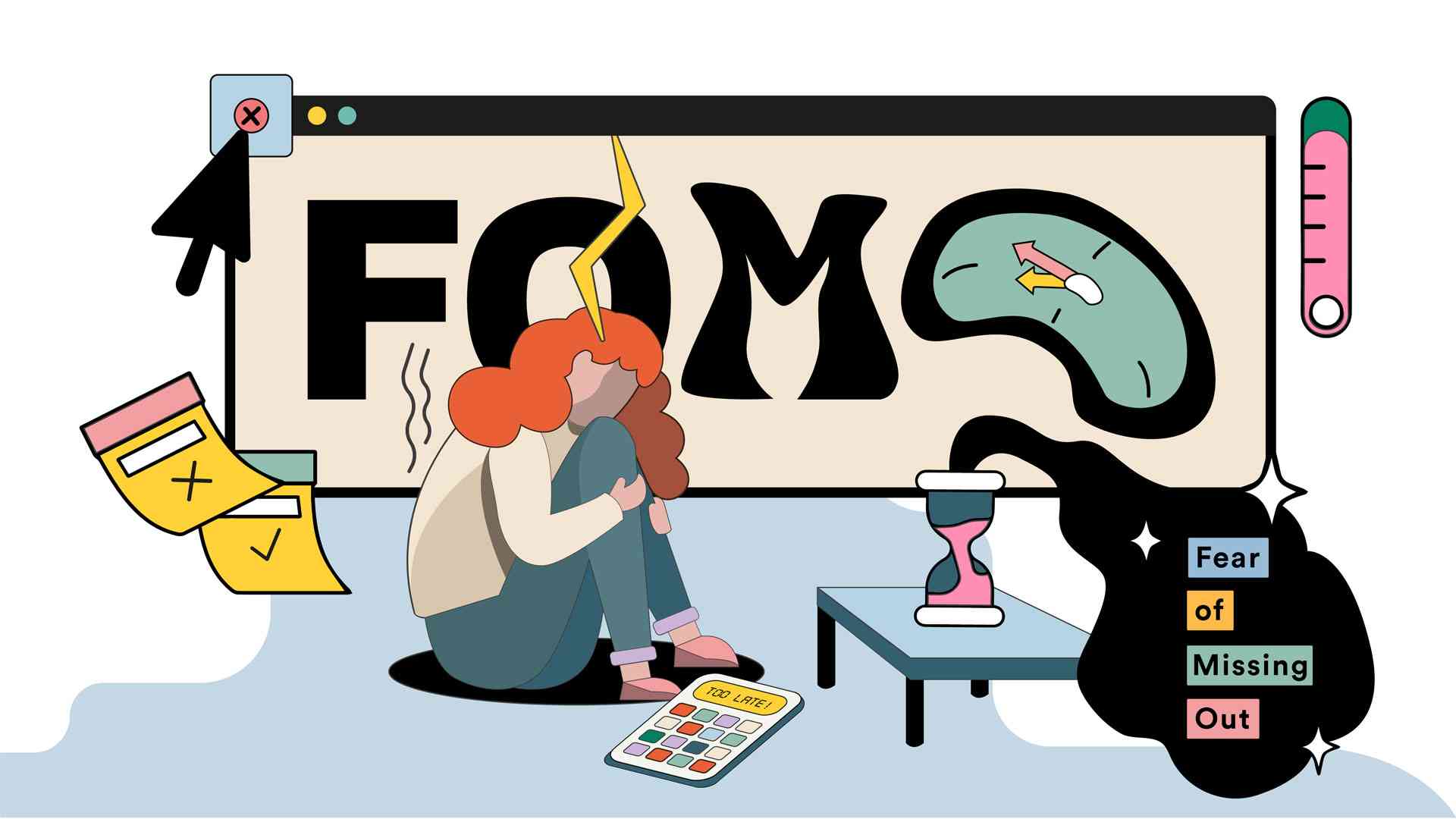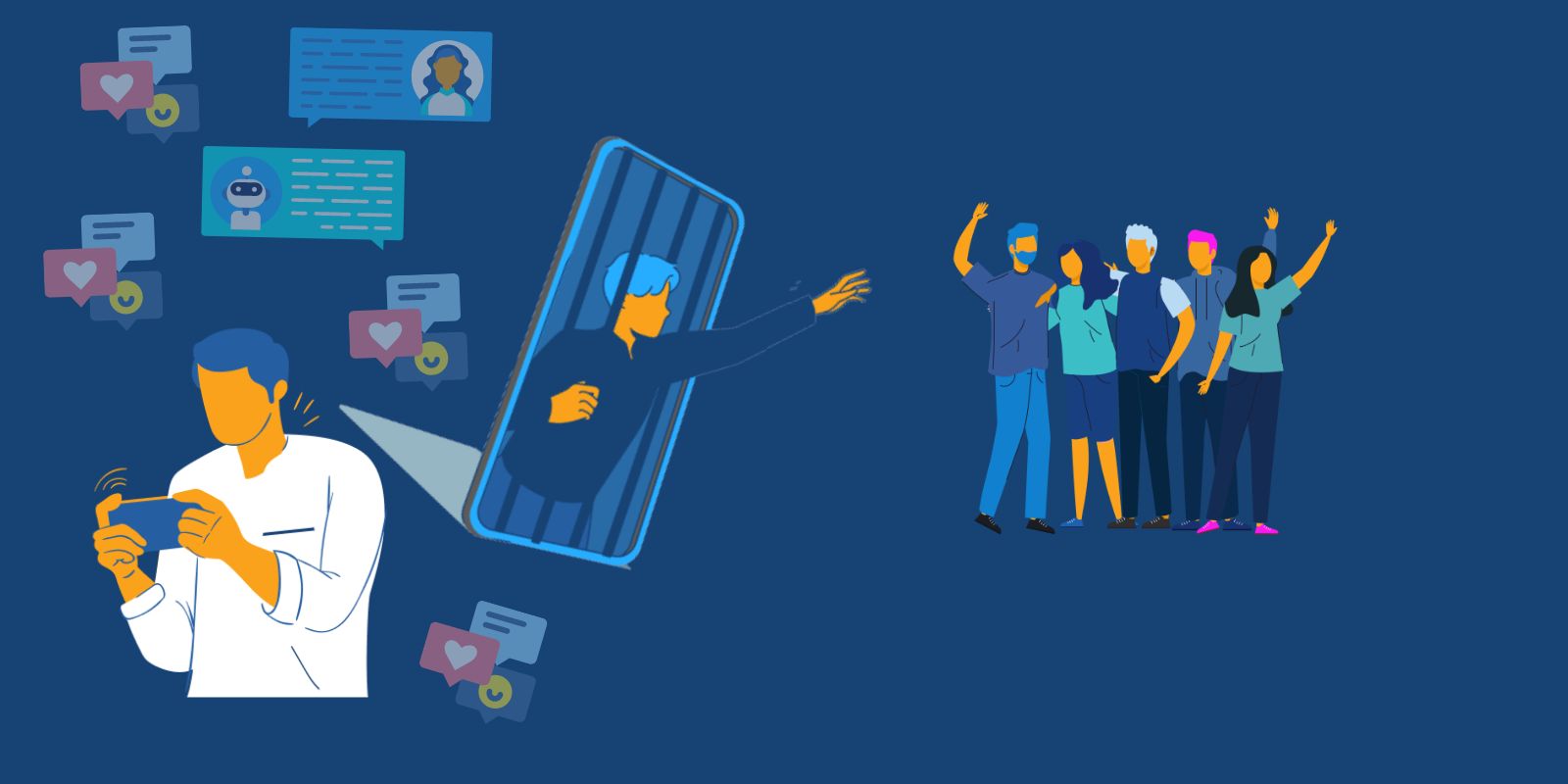
Technology Addiction and Its Impact on Mental Health: A Growing Concern-In our fast-paced, technology-driven world, the phenomenon of technology addiction has become a topic of increasing concern, especially regarding its impact on mental health. As we rely more heavily on our devices for communication, entertainment, and information, understanding the effects of this addiction is crucial. In this article, we will explore the ways technology addiction is affecting mental health and why it’s a growing concern in today’s society.
What Is Technology Addiction?

Technology addiction refers to the compulsive use of digital devices, leading to negative consequences in daily life. This can manifest through excessive social media use, gaming, or simply being glued to screens for extended periods. In recent years, studies have shown that nearly 40% of individuals feel they are addicted to their devices, which raises alarms about how this dependency can interfere with mental well-being.
The Link Between Technology Addiction and Mental Health
1. Increased Anxiety and Depression
One of the most alarming consequences of technology addiction is its correlation with increased levels of anxiety and depression. Many users experience constant pressure to stay connected, respond promptly to messages, and maintain an online presence. This perpetual cycle can lead to heightened anxiety, as individuals may feel overwhelmed by the need to constantly engage.
Furthermore, social media can exacerbate feelings of inadequacy. Scrolling through curated images of others’ seemingly perfect lives can create a distorted self-image, contributing to low self-esteem and depressive symptoms. In 2024, mental health professionals continue to stress the importance of being aware of how online interactions can impact emotional well-being. (Read More: The Role of Data Analytics in Shaping the Future of Technology Business Management)
2. Fear of Missing Out (FOMO)

The phenomenon known as FOMO—fear of missing out—has become a significant issue in the age of technology addiction. This anxiety stems from the belief that others are having more exciting experiences, leading to feelings of isolation and dissatisfaction. The constant barrage of notifications and updates only fuels this fear, making it difficult for individuals to focus on their own lives.
Studies suggest that people who are highly engaged with social media are more likely to experience FOMO, which can spiral into anxiety and depression. In 2024, awareness of FOMO is crucial for fostering a more balanced relationship with technology.
3. Disrupted Sleep Patterns
Another hidden danger of technology addiction is its detrimental effect on sleep. Many individuals engage with their devices late into the night, leading to poor sleep quality and disrupted sleep patterns. The blue light emitted by screens interferes with the body’s natural circadian rhythms, making it harder to fall asleep and stay asleep.
Inadequate sleep has a direct link to mental health issues, including increased irritability, anxiety, and depressive symptoms. Prioritizing good sleep hygiene and limiting screen time before bed is essential for improving overall mental health. (Read More: Adapting to Change: The Role of the Technology Acceptance Model in Digital Transformation)
4. Decreased Attention Span and Focus
The addictive nature of technology can lead to decreased attention spans and an inability to concentrate. The constant notifications and temptations to check devices create an environment where distractions are the norm. This can make it challenging for individuals to engage in deep work or focus on important tasks, leading to frustration and feelings of inadequacy.
In 2024, many are discovering the benefits of “digital detoxes”—intentional breaks from technology to reconnect with the present moment. These breaks can help improve focus and foster a sense of clarity, ultimately benefiting mental health.
Strategies for Managing Technology Addiction

1. Set Boundaries
One effective way to combat technology addiction is to set clear boundaries around device usage. This could include establishing “tech-free” times during meals or family gatherings, as well as designating specific hours for social media engagement. By creating intentional breaks, individuals can foster healthier relationships with technology.
2. Engage in Offline Activities
Encouraging participation in offline activities is another effective strategy. Hobbies such as reading, exercising, or spending time with loved ones can provide a welcome distraction from screens. In 2024, more people are recognizing the importance of balancing their digital lives with fulfilling offline experiences. (Read More: Modern Technology 2024: Augmented Reality (AR) is Widely Used in Industrial Training and Simulation)
3. Practice Mindfulness
Mindfulness practices can also help individuals regain control over their technology usage. Techniques such as meditation, deep breathing, and reflection can promote awareness of how technology affects mood and well-being. By becoming more attuned to their feelings, individuals can make informed decisions about their device use.
Conclusion article Technology Addiction and Its Impact on Mental Health: A Growing Concern
As technology addiction continues to grow in our society, its impact on mental health cannot be overlooked. From increased anxiety and depression to disrupted sleep patterns and decreased focus, the consequences are far-reaching. However, by implementing strategies to manage technology usage—such as setting boundaries, engaging in offline activities, and practicing mindfulness—we can cultivate a healthier relationship with our devices.
In 2024, it’s crucial to prioritize mental health by recognizing the hidden dangers of technology addiction. By fostering awareness and taking proactive steps, we can enjoy the benefits of technology while minimizing its negative effects on our mental well-being. Remember, technology is a tool to enhance our lives, not a master that controls us. Let’s choose to wield it wisely.





1 thought on “Technology Addiction and Its Impact on Mental Health: A Growing Concern”